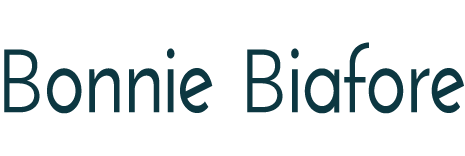Less Well-Known Benefits of Integration Management

Photo from collectspace.com
Integration management ensures project planning elements are connected properly, regardless of the methodologies being deployed. Here are some other benefits of integration management you might not have thought about:
Ensures accurate status reporting. A well-integrated project plan ensures that status changes are properly reflected throughout the project, no matter where those changes originate. For example, if you mitigate the risk of cost overruns by reducing the use of contracted skilled resources, tasks might take longer, impacting the project schedule. Other skill-related risks could become more likely. Also, product quality may decline. Impacts to the project often extend beyond one element. Sound integration management ensures you have a complete picture of the status of your project.
Reduces stakeholder conflict. Project managers need to ensure stakeholders understand their obligations to the project. As new ideas or questions arise during the project, stakeholder obligations can change. Performing integration management ensures changes in obligations are identified early. That prevents conflicts later in the project when the pressure is on and project impacts are more significant.
Here’s an example. After your initial requirements are drafted, your contracts team notices that a vendor’s costs will increase considerably because of new demands from your project. To address this, your organization decides to perform the work in-house. This impacts project stakeholders through workload, cost, and schedule. Although it may be the best solution, sound integration management ensures that stakeholders understand the new project projections and workload impacts. That way, they can negotiate with project sponsors to seek other solutions or agree and respond to the new workload.
Helps you manage in a virtual world. One of the greatest virtual team risks is increased errors in communication or process. In one example, Team A uses metric measurements and a geographically separate Team B used imperial measures, generating costly errors. Although integration doesn’t guarantee error-free processes, integration management activities do reduce risk. Integrated plans and integrated processes help your virtual teams work in lock-step.
Helps you produce accurate project plans. Ensuring that all project planning elements are properly integrated is a great way to ensure a sound project plan. Have you added a risk mitigation strategy in your risk plan but forgot to add budget for it? Have you added tasks to fulfill your quality plan but neglected to add them to your project schedule? Focus on integration management and you are unlikely to see omissions in your plans. Project planning deliverables will be complete, which helps deliver a successful project!
Do you have examples of integration management providing project benefits? Share them in the comments section.
For more about integration management, check out Oliver Yarborough’s Project Management Foundations: Integration course.
Coming up:
Don’t miss Bonnie’s first LinkedIn Office Hours session of 2022, Leadership is Job One for Project Managers, at 1pm MT, January 25, 2022. Bonnie and bestselling project management author Eric Verzuh will talk about how shifting your focus to project leadership has a direct impact on project value. Bring your project management questions to this session.
Bonnie Biafore and John Riopel will talk about how to manage dependencies, meetings, and overall communication in hybrid projects at their LinkedIn Office Hours session, Managing Dependencies in Hybrid Projects, on February 17, 2022, at 1PM MT. Traditional and agile/iterative project management approaches have similarities and differences, so you might wonder how to manage hybrid projects that use both. Although the approaches differ, there are points within a hybrid project where deliverables need to align. For example, a traditional deliverable must be completed before part of the agile effort can start – or vice versa. Also, even in hybrid projects, the project team is a single team that needs good communication and occasional team-wide meetings to make sure the project is successful.









